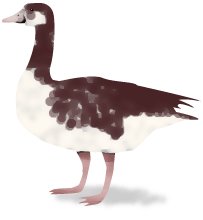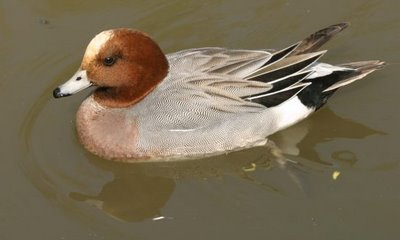Pluvialis was vindicated! It turned out, later, that our John Doe swan was a Whooper, after all. Oh, how much I agree with this letter-writer:
It is of concern that those involved seem particularly devoid of any competent ornithological advice and expertise if they require a DNA test to tell a Mute from a Whooper swan–a task any knowledgeable ornithologist would complete with certainty in three minutes–even with the bird's head missing and partly decomposed.What has happened to our environmental literacy? Julian Huxley would have had a fit. And if a 10km surveillance zone is laughable for a Mute swan, it's beyond bizarre for a species that flies between England and Iceland in around twelve hours. The connections between place, ecological understanding, epidemiology and policy have become absolutely incomprehensible.
BirdLife got very grumpy about all this. As well they might. Slack identification of the species involved, they say, have held back studies of the aetiology of bird flu worldwide. Alas, the BBC is not helping with our training of ecological observers. According to them — Bird flu experts' wildfowl watch — these are the species we should watch out for as potential carriers of bird flu: Bewick's swan, Mallard, Pintail, Pochard, Shoveler, Teal, Tufted Duck, White-fronted goose, Whooper swan and Wigeon.
It sounds admirable. And to help the public, the BBC gives us little drawings to aid our identification of these deadly wildfowl.
Aaaargh! Here are the BBC's guides to identifying possible flu-carrying birds. I've added photos of what they actually look like, in real life.
White-fronted goose


2. Wigeon


Oh, I know, yes, I'm being picky. It's because I've spent a lot of time working on strategies of bird identification, perhaps. But, my god, they really are rubbish. Should I really be so irritated? Does anyone else share my feeling that this kind of environmental illiteracy, from government and national broadcaster alike, is more than depressing? Is terrifying?
1 comment:
As someone who has been trying to improve my bird identification skills, I can say those BBC picture are completely useless crap when it come to aiding ID. (since you were asking (about nine years ago))
-Jill Cunningham
Post a Comment